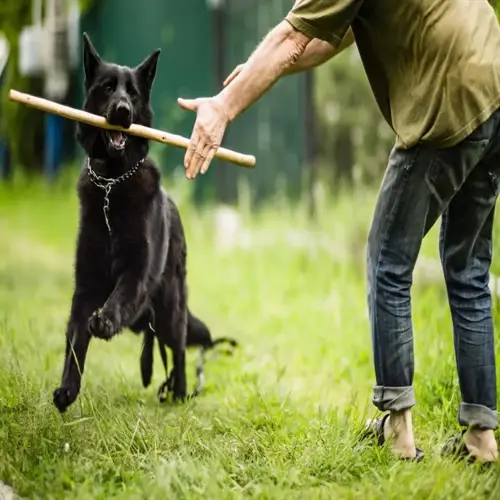Are certain dog breeds more prone to ear problems?

Written by
David Smith
Reviewed by
Prof. Edward Clarke, Ph.D.Some breeds are at a higher risk of ear infections due to certain characteristics of their ear conformation. Droopy-eared dogs are prone to moisture accumulation. The hairy-eared breeds have an accumulation of debris in the ear canal. In contrast, the water dogs have water accumulation in their ear canals. The cocker spaniel has chronic ear infections, which taught me how the conformation affected the incidence of ear infections in her case. Brachycephalic dogs add a narrow ear canal to the risk factor incidence.
Breeds of dogs with floppy ears, such as basset hounds and spaniels, create humid environments under their ear flaps. This moisture can encourage the growth of bacteria and yeast in the absence of proper ventilation. I help my neighbor's bloodhound by erecting its ears while they are being cleaned, to allow for adequate ventilation. Since their folded type of ear requires a minimum of bimonthly care.
Hung Dog Ears, such as poodles and schnauzers, are part of a total grooming regimen, including ear care. Hair prevents air circulation and traps foreign matter against the delicate skin. My schnauzer's groomer taught me certain safe plucking techniques in our monthly visits. Always trim hair before cleaning so that the solution may be applied directly to the skin surface.
Floppy Ears
- Trapped moisture increases infection risk 70%
- Require bi-weekly cleaning minimum
- Examples: Basset Hounds, Cocker Spaniels
Hairy Ears
- Debris accumulation blocks air circulation
- Need monthly hair removal grooming
- Examples: Poodles, Schnauzers
Swimming Breeds
- Water retention in ear canals
- Require post-swim drying solutions
- Examples: Labradors, Golden Retrievers
Preventive measures must be suited to each breed's special weaknesses. After exposure to humid conditions, some drying solution is required for floppy ears. In hairy ears, the hair must be plucked regularly from the ear and then cleaned. For my retriever, which has been swimming, immediate treatment is required, along with the drying agents advised by the veterinarian. This special treatment generally prevents most of the infections.
Consult with your veterinarian about individualized prevention measures based on breed tendencies. They suggest certain cleaning frequencies and products that match anatomy. My vet created a customized cleaning schedule for my pug-spaniel mix to address floppy ears and narrowed canals. It is said that chronic problems can be avoided through professional counseling.
Read the full article: Dog Ear Cleaning: Essential Steps & Tips

